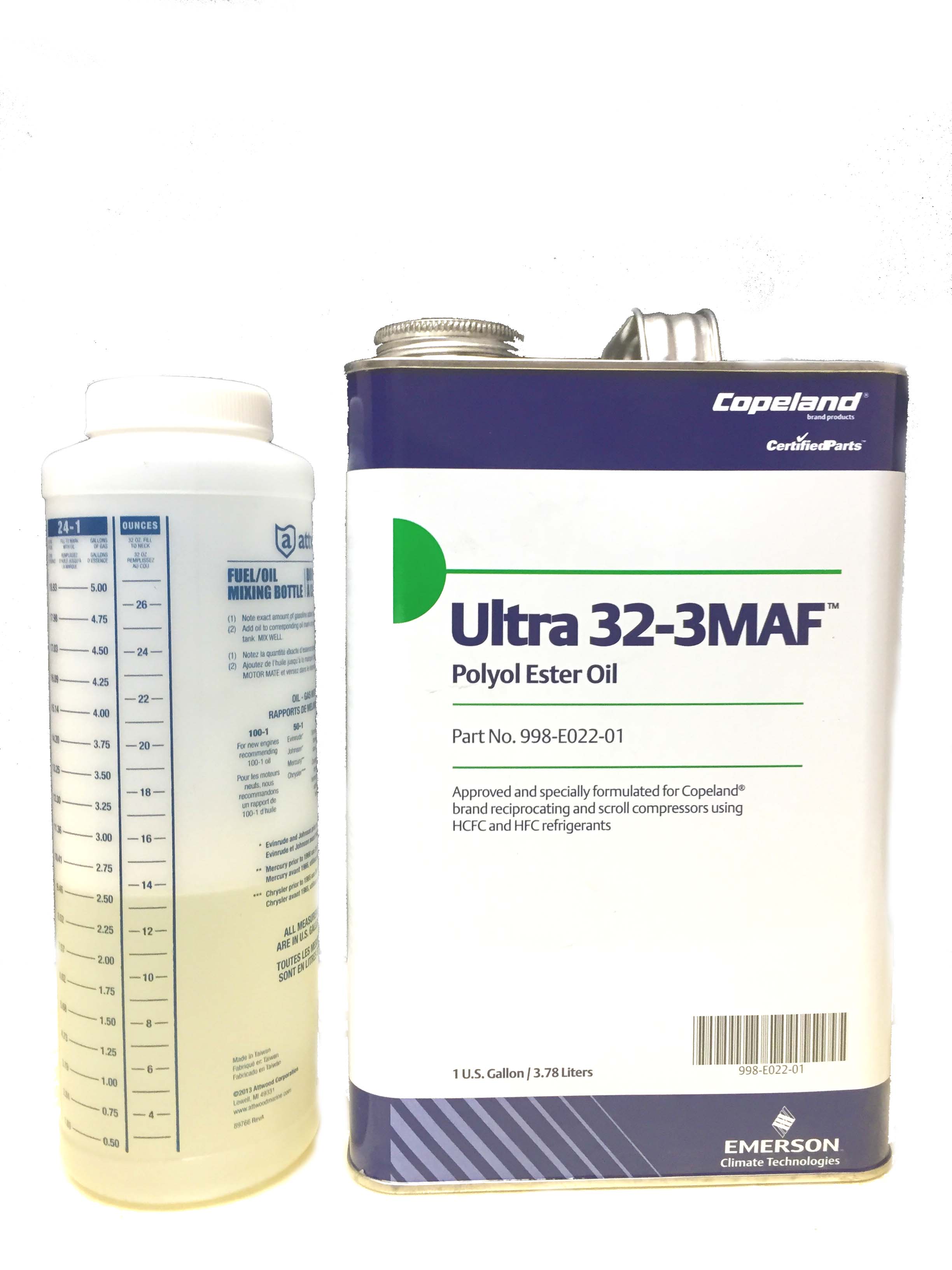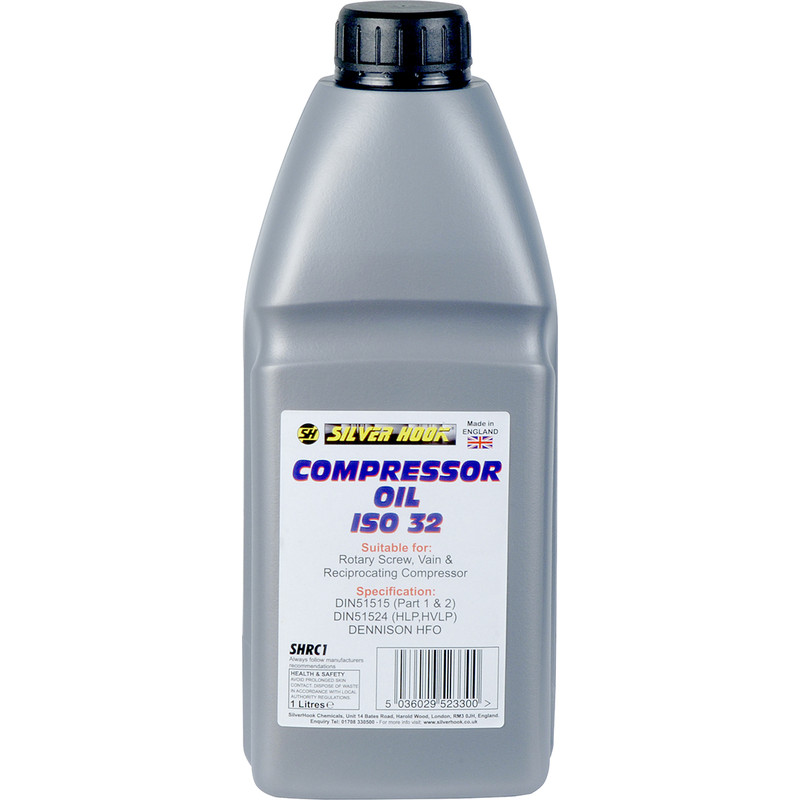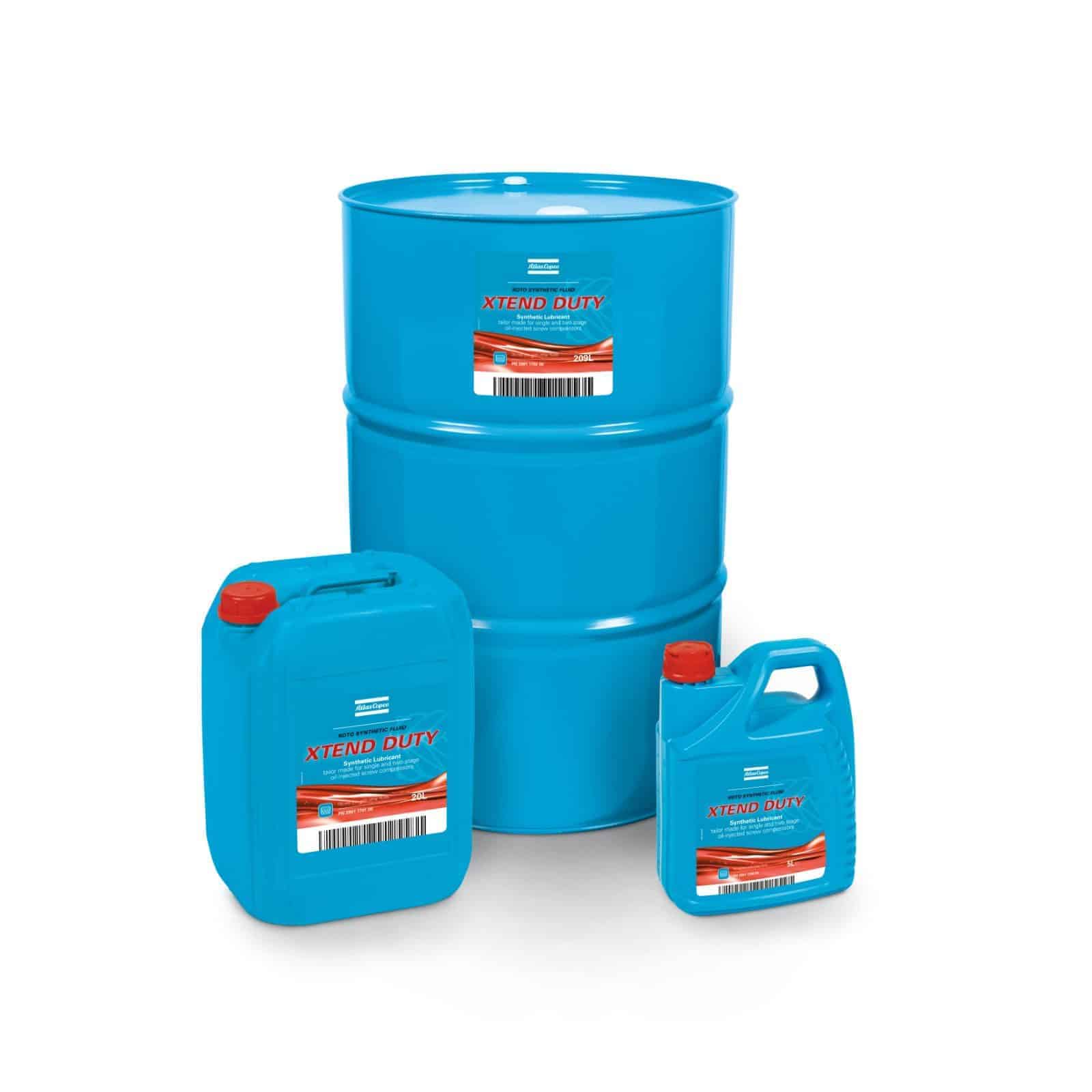

It can, therefore, work at a high shaft speed and combine a large flow rate with small exterior dimensions. The screw element is not equipped with any valves and there are no mechanical forces to create any imbalance. The male rotor is normally designed with fewer lobes than the female rotor, this is so that it will rotate at a quicker speed, driving the female rotor. The male rotor has convex lobes and the female rotor has concave cavities. The two rotors are usually designed with different profiles. The pressure ratio of a screw is dependent on the length and profile of the screw and of the form of the discharge port. The main screw compression element parts comprise of a female rotor and male rotor that move towards each other while the volume between them and the housing decreases. This type of compressor is a positive displacement compressor and is the predominant type in use today.

These procedures, however, are best left to trained and licensed professionals, because the risk of compressor and system damage is very high, and handling refrigerants with dedicated recovery stations is always the best choice.One of the most popular types of oil lubricated compressors is the screw compressor. If you're only replacing your compressor without doing any system flush (not recommended) then you only need to measure and replace any oil found inside the compressor and, again, you need to circulate any oil left inside the compressor (so that the reed valves won't get damaged by oil slugging) and then be careful about how the compressor is started up for the first time after this operation. In addition, remember that if you want to replace your system's oil you need, in addition to removing the compressor and draining any leftover oil from it, to flush the system of any remaining oil (and replace parts which can't be flushed, such as parallel flow condensers, receiver driers and TXVs), the oil needs to be balanced across the system so that the compressor neither seizes due to lack of oil nor it gets slugged during the startup, and the startup has to be done in a particular way. One with a different viscosity grade and a different chemistry. You would be using a lubricant oil not designed for your compressor. Ester oil is known as POE and POE, except for electric driven compressors and applications meant to convert R12 systems into R134A ones, is mostly used only in buses and coaches featuring very large AC systems and compressors (mostly V piston designs).ĭefinitely, Suniso S元2 is a big no no, in my own opinion. PAG and ester is different chemistry and if the compressor is meant for PAG oil and not ester there's a reason, and this reason is that the compressor is designed for the kind of lubrication provided by a certain oil viscosity and chemistry, so, again, be very careful about what A/C shops tell you. In addition, Suniso S元2 is an ester oil, while what your system needs is PAG oil (careful how you handle these oils because, if you're not using Double End Capped PAG oil, they're both hygroscopic).

If your compressor is rated for ISO 46 VG oil then lubing it with ISO 32 VG oil isn't a smart idea. I would tell you that what you need is nothing but PAG oil of ISO 46 VG viscosity grade, known as PAG 46 (be careful: PAG 46, not PAG46 YF, which is meant for R1234 refrigerant and contains a different additive package), but, if you want to be 100% sure, make sure that only original Denso ND8 oil makes it into your system (no equivalent products, only the original one).īe careful with oil viscosities. If it says Denso ND8, you need Denso ND8 (ND oil 8).


 0 kommentar(er)
0 kommentar(er)
